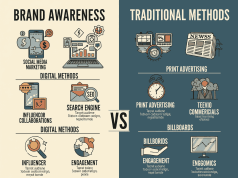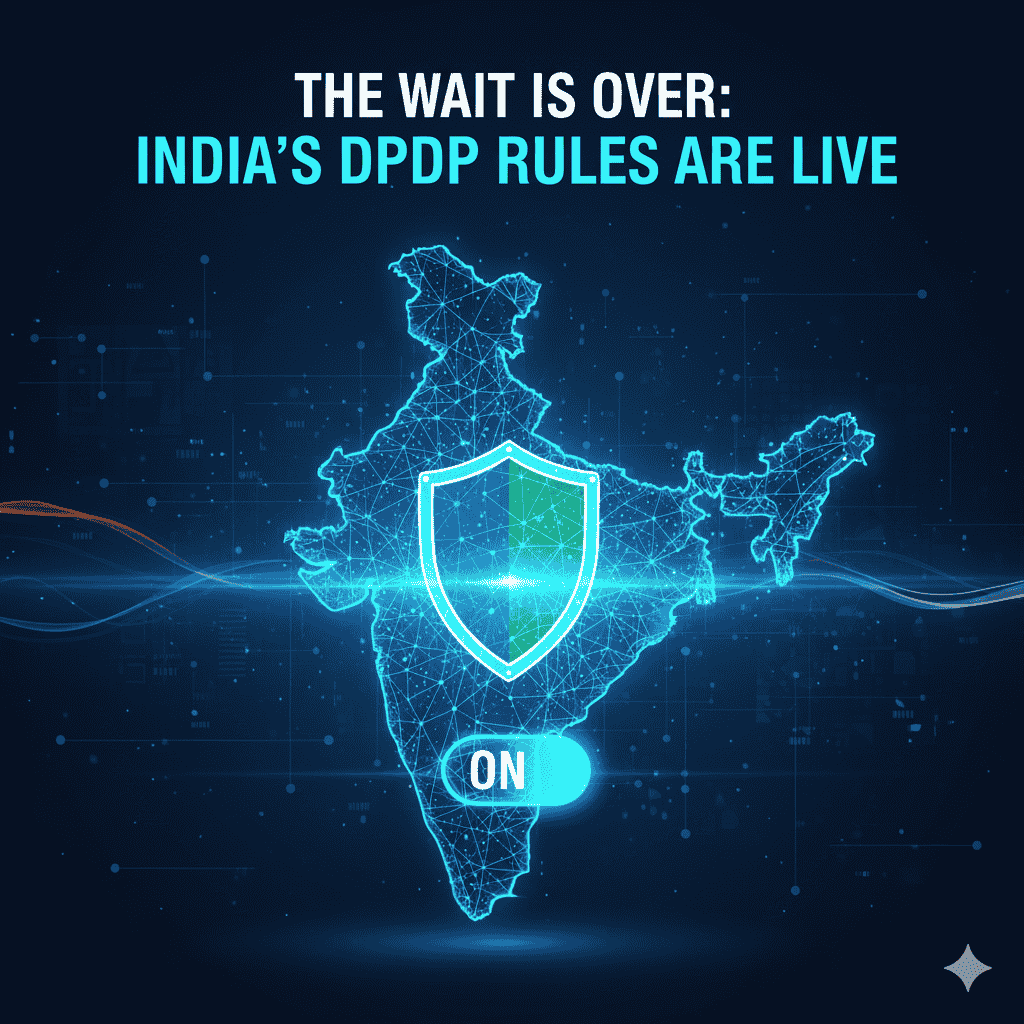Introduction
As the landscape of advertising continues to evolve, the importance of diversity and inclusion (D&I) has emerged as a pivotal aspect of successful campaigns. As we move toward 2025, the imprint of D&I in advertising is not just a trend; it’s becoming the new norm. This shift is propelled by changing societal values, consumer expectations, and the undeniable business advantages associated with inclusive advertising.
The Changing Landscape
Evolving Consumer Expectations
Modern consumers are more informed, socially conscious, and connected than ever before. A study by McKinsey found that diverse teams are more innovative and outperform their peers in profitability. Today’s audience expects brands to reflect the diversity of society, and consumers are more likely to support companies that prioritize inclusion. Brands that fail to embrace D&I risk alienating their target demographics and falling behind in a competitive marketplace.
Cultural Shifts
The last few years have seen significant cultural movements advocating for racial, gender, and sexual equality. The impact of movements like Black Lives Matter and LGBTQ+ rights have created a demand for authenticity in advertising. Consumers can quickly recognize inauthenticity, and brands that attempt to espouse values without genuine commitment face backlash.
Benefits of Diverse Advertising
Enhancing Creativity and Innovation
Diverse teams bring a myriad of perspectives that can enhance creativity and innovation. Research indicates that diversity in advertising not only broadens ideas but also leads to campaigns that resonate deeper with diverse audiences. By incorporating varied viewpoints, brands can create compelling narratives that engage a broader consumer base.
Building Trust and Loyalty
When brands authentically represent diverse voices and communities, they build trust with their audience. Consumers are more likely to feel a connection to brands that reflect their identities. This trust often translates into loyalty, leading to higher customer retention rates and advocacy.
Expanding Market Reach
Incorporating D&I into advertising strategies allows brands to tap into previously overlooked demographics. As the global market becomes increasingly diverse, understanding and addressing the needs of various communities will be crucial for sustained growth. Brands that successfully integrate diverse representation into their campaigns can capture greater market share and foster brand loyalty across different consumer segments.
Key Strategies for Implementation
Authentic Representation
Brands must commit to authentic representation in their advertising. This means not only featuring diverse faces but also ensuring that stories are told with nuance and sensitivity. Collaboration with diverse talent, including writers, directors, and influencers, is essential in crafting genuine narratives that resonate.
Continuous Education and Training
As the push for D&I continues, organizations must invest in education and training for their teams. Understanding cultural competencies and biases can lead to more informed and inclusive advertising strategies. Ongoing training can foster an internal culture of inclusion, which ultimately translates into external messaging.
Metrics and Accountability
Measuring the impact of D&I initiatives is key for accountability. Brands should employ metrics to evaluate the effectiveness of their inclusive advertising strategies. Regular assessments can help identify areas for improvement and ensure that diversity initiatives are yielding positive results.
Conclusion
By 2025, diversity and inclusion will not just be a checkbox in advertising; it will be a core principle that drives brand strategy and consumer connection. As society becomes more aware of the importance of representation, brands that prioritize D&I will stand out in an increasingly competitive marketplace. The shift toward inclusivity is not merely a responsibility; it’s an opportunity. Embracing diversity and inclusion enables brands to reflect the voices of their consumers, foster innovation, and achieve sustainable growth in a rapidly changing world.
In this new landscape, advertising will not only sell products but also tell authentic stories that resonate with diverse audiences, making D&I the norm in an era characterized by choice and connection.









